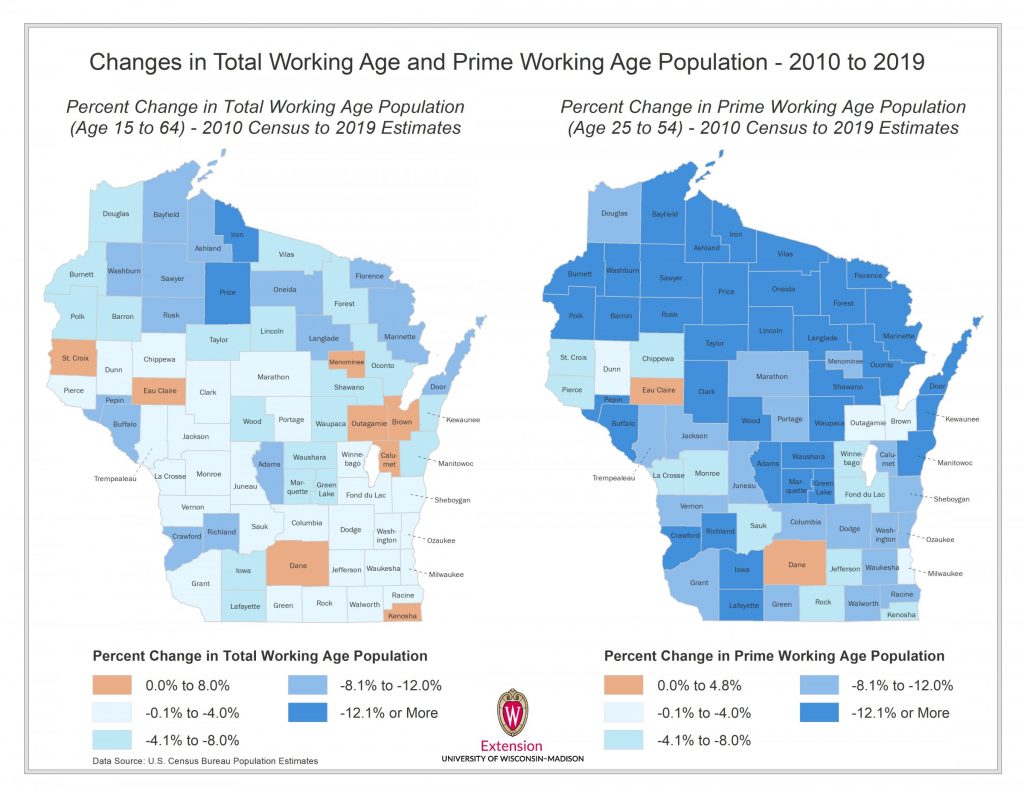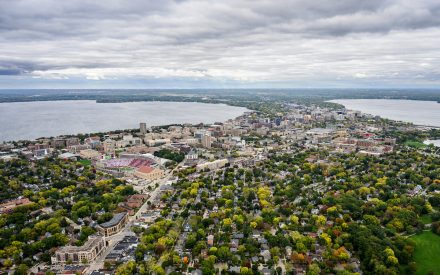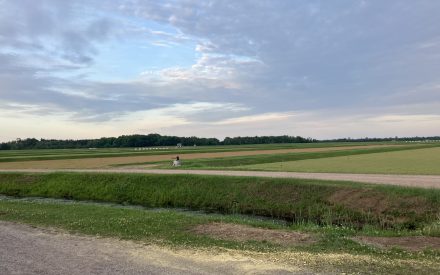Insight • Data • Economics • Analysis
Shifts in Number of Working-Age Residents Started Before Pandemic
As the economy continues its recovery, many employers cite challenges with finding the workers they need. While factors attributed to the pandemic certainly impact labor availability, we should also recognize shifts in the number of working-age residents that started well before 2020. Individuals between the ages of 15 and 64 are counted as the working-age population while residents ages 25 to 54 are of prime working age. As the state’s population has aged over the past decade, the total working-age population declined by -46,000 (-1.2%) between 2010 and 2019, and the prime working-age population dropped by over -150,000 (-6.5%).
In contrast, the number of residents age 65 and over increased by approximately 240,000 (31%). When considering labor participation rates of 78% for the total working-age population and 86% for prime working-age residents, compared to a participation rate of 20% for individuals age 65 and over, we should not be surprised that workers are more difficult to find. These population shifts have not been the same across all Wisconsin counties, but are widespread nonetheless.
Sources: U.S. Census Bureau and U.S. Bureau of Labor Statistics.
















